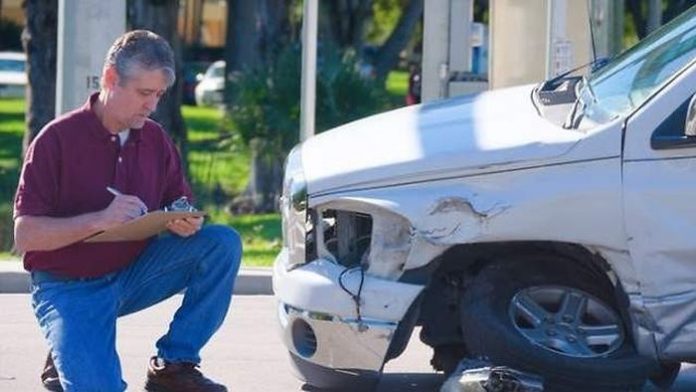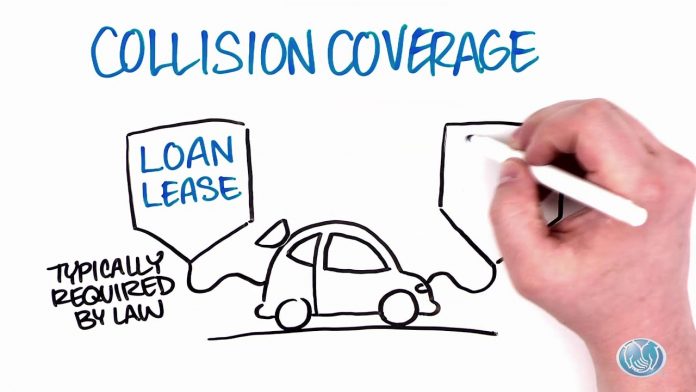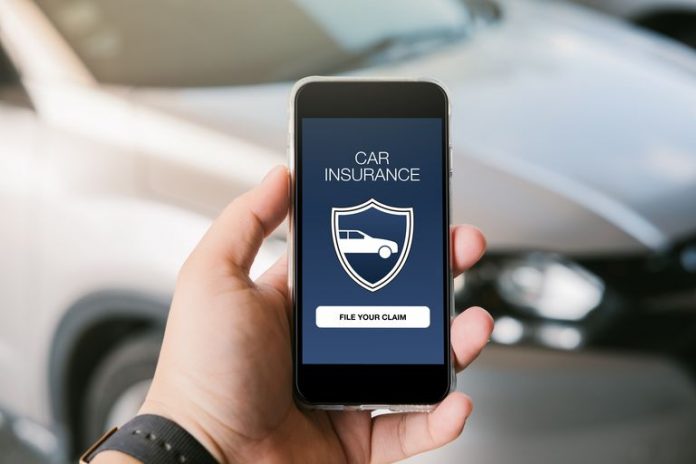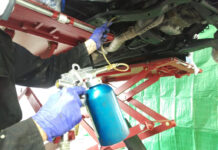Auto car insurance in Canada comes in different sizes and shapes. With so many caveats to focus on, the whole process can get a bit overwhelming at times. You should have a good understanding of the coverage that insurance companies generally provide and the cost associated with it. Having a knowledgeable approach will allow you to save a lot of money. Moreover, it will also make your auto insurance buying experience easier and quicker.
Car Insurance Coverage In Canada

The law with regards to car insurance policy is very clear. Every vehicle owner must possess auto insurance to operate the vehicle. It is mandatory in all provinces and territories. If you drive without auto insurance, your driving license will be suspended, the vehicle will be confiscated, and you will bear a hefty fine.
Car Insurance Coverages
There are some of the coverages that should be a part of the car insurance policy. These coverages determine the car insurance rates in Edmonton and other parts of Canada. Read more here.
Mandatory Coverages
Each province in Canada has its rules and regulations with respect to mandatory coverage. However, there are some commonalities that include:
Third-Party Liability
If you have caused an accident while driving the car and injured or killed someone or damaged property, a third-party liability will help in covering the lawsuit costs against the coverage amount. The minimum amount required by the Canadian government for this coverage is $200,000, but it is recommended that you should consider a minimum of $1 million.
The reason why you should consider high coverage is because accidents can lead to a lot of expenses. You may need to cover the damage to the vehicle and the driver as well. Moreover, a car crash can also result in a lawsuit, which means you will have to shed a lot of money. With a high coverage in third-party liability, you will be able to protect yourself from financial constraints.
Accident Benefit

Throughout Canada, this coverage is mandatory except for Labrador and Newfoundland. If in an accident, you get hurt, this coverage will compensate for medical treatments, income replacements, and funeral costs if you succumb to the injuries. You will get compensation, irrespective of who caused the accident.
Uninsured Automobile
This coverage aims to financially protect you in case of injury or death caused by an uninsured driver. Moreover, it also covers hit-and-run situations.
Elective Coverages
Along with mandatory coverages, there are some coverages that are options. These provide additional coverage to boost the protection level.
Comprehensive Coverage
This coverage aims to protect yours against the loss from an event that is not related to the operation of the vehicle and your action. It encompasses loss that you incur due to the action of others like theft, vandalism, etc. Moreover, you are also covered for extreme environmental occurrences resulting in damage such as hails, windstorms, floods, etc. If there is damage to your vehicle due to a flying object while being parked, then comprehensive coverage will protect you from financial liabilities. With this coverage, you can have peace of mind against occurrences that you cannot control.
Collision Coverage

Collision coverage is another type of coverage that is mandatory in Edmonton. It offers financial compensation for damages that your vehicle incurs due to an accident or collision. Clash maybe with another vehicle or a stationary object. Getting collision coverage can be expensive and may depend on various factors such as your driving records, vehicle, etc. For instance, if you have poor driving records, the rates for this coverage will be higher.
Specified Peril Coverage
The coverage includes damage or loss of the vehicle. Specified perils coverage complements collision coverage. Together they can be an alternative to the comprehensive coverage. However, you can also separately purchase, and it covers the following damages:
- Lightning
- Fire
- Windstorm
- Attempted theft or theft
- Explosion
- Earthquake
- Rising water
- Hail
- Forced or falling landing of the aircraft
- Civil or riot commotion
- Explosion
- Damage during transportation on water or land
- Forced or falling of an aircraft
All Perils Coverage
All perils insurance policies cover all risks unless they are explicitly excluded in the insurance policy terms. It is also known as ‘All Risk’ and among the most extensive coverages. All perils coverage combines comprehensive and collision. A peril is a circumstance or situation that results in a loss.
How To Claim Car Insurance After An Accident?

If you are involved in a car crash, and someone is injured, or there is property damage, you need to notify the insurance provider. In case there is a severe accident that includes criminal activity, fatality, damage to public property, etc., you will need to call the police. Following an accident, below are the steps you need to follow:
- Be present at the scene of the accident.
- If you are able to, move your car out of the traffic to avoid any further damage or injury.
- Record the time, location, visible damage, weather conditions, and other details that might be relevant to the accident.
- Gather information from the other driver like their name, license number, contact number, address, policy number, and insurance provider.
- Acquire contact information from the eyewitnesses.
- Note down the name and badge number of the police officer that was on the scene.
- Click pictures of the damage to the vehicle, individual, or property involved in the accident.
- Once you have gathered all the information, contact your insurance provider or representative. Thereafter, the insurance provider would look over the claim, carry out an investigation, and release the claim.
Final Thoughts
Auto insurance is mandatory in Canada, but the insurance buying process can be arduous. With so many options to evaluate and requirements to adhere to, you may feel overwhelmed. So before you start looking up insurance options, take some time to educate yourself.
Understand what will be covered in your basic insurance plan. Be aware of the mandatory and optional coverages and their benefits. Finally, when you are clear about the coverage you want, evaluate the different auto insurance policies and make a suitable decision.









